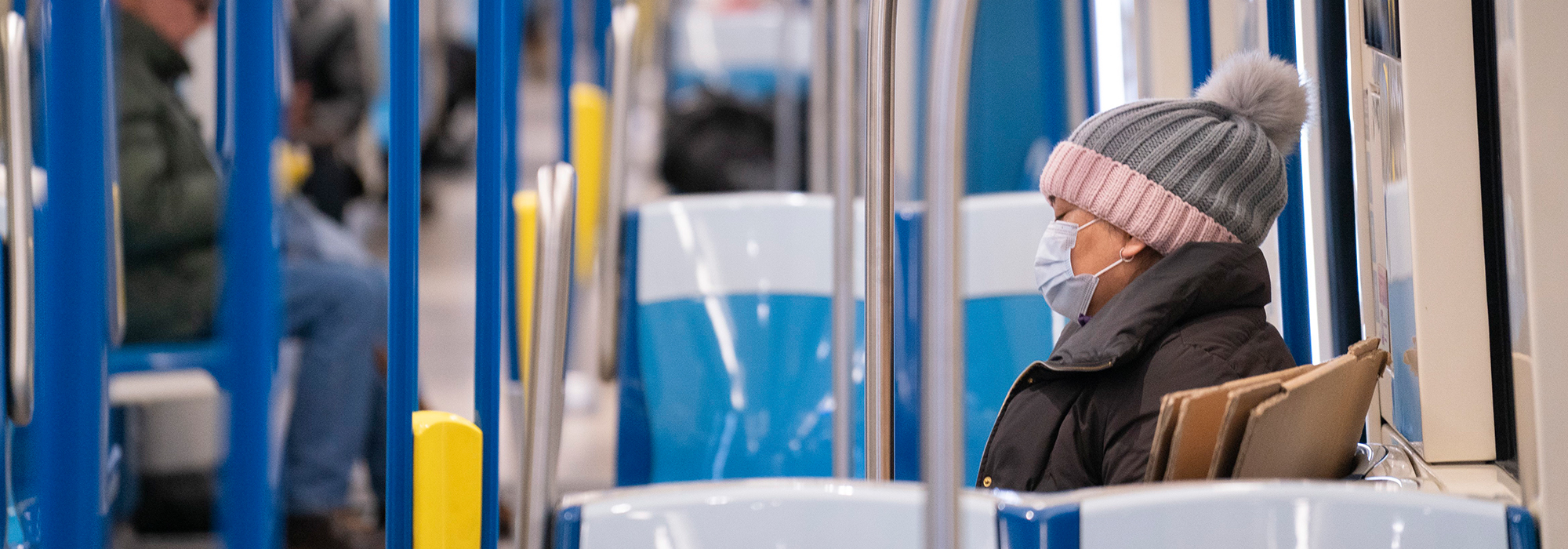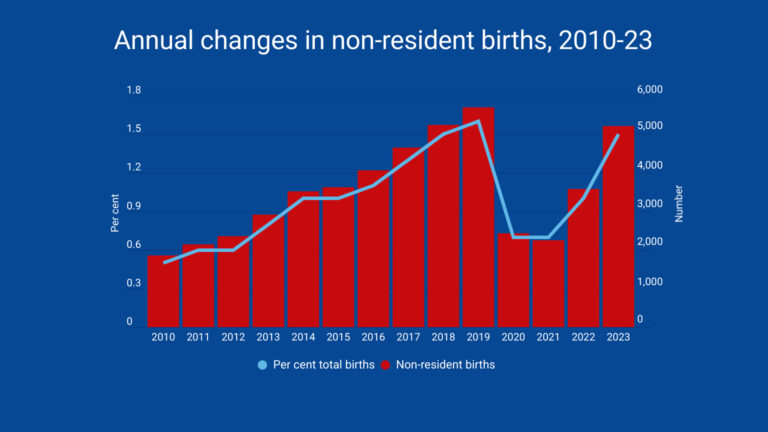After more than a month of COVID-19-related containment measures, many Western leaders have started sketching out their strategy for reopening the economy. Children in Norway and Denmark went back to school in mid-April. Italy and Spain have allowed workers to return to some factories and construction jobs. The Canadian federal and provincial governments are debating the reopening of the economy in stages.
As Prime Minister Mette Frederiksen of Denmark aptly remarked, relaxing the containment measures in the absence of a vaccine or massive testing capacity is “like walking a tightrope.” It requires a gradual strategy for remobilizing workers so that factories and businesses can pick up operations, while ensuring that containment policies remain stringent enough to avoid overwhelming hospitals with new patients.
Governments should consider age as one of the criteria for determining which workers to remobilize first. It has been well documented that elderly people are the most vulnerable to COVID-19, but less attention has been paid to the fact that people in the older working-age groups — 50 to 65 years old — are a substantial proportion of those infected and hospitalized with COVID-19.
Spain is one of the few countries that release data by age group on the number of new COVID-19-related hospitalizations and intensive therapies each day. Between March 24 and April 10, people in the 70-79 and 80-89 age groups had the highest rates of hospital admission, measured by the median or “typical” number of new hospitalizations each day (figure 1). The median daily number of hospitalizations for those 80-89 was 350, and for the 70-79 group, 270. But patients in the 50-59 and 60-69 age groups were not far behind, at 182 and 238 respectively.
People in the older working-age groups also made up a significant portion of patients receiving intensive therapies (figure 2). Between March 24 and April 10, the median daily numbers of patients entering intensive care units in Spain were second and third highest in the 60-69 and 50-59 age groups; patients 70-79 years old had the highest rate of ICU admission.
The high number of COVID-19-related hospitalizations in the 50-59 and 60-69 age groups was not due just to the large proportion of the general population they represent. The share of people with confirmed positive cases (symptomatic individuals who have reached health facilities for testing) per 100,000 people in the Spanish population has increased consistently by age (table 1). Similarly, the proportions of positive cases who were hospitalized and who needed intensive care were higher among those 50-59 and 60-69 years old than among younger age groups. (For the age groups over 70, both numbers were lower, since many of these patients were treated in nursing homes.) In a recent paper, we have shown similar trends in Italy and the Netherlands.
The greater prevalence of underlying medical conditions at older ages is likely an important factor accounting for the disproportionately high level of COVID-19-related illness among people 50 to 69 years old. However, the factors accounting for COVID-19’s increasing severity with age are not yet well understood.
Governments should take these considerations into account as they move to restart the economy. Any level of gradual relaxation of the restrictions will unavoidably lead to a corresponding hike in new cases. Opening-up strategies thus need to carefully consider the number of jobs that can be remobilized without stepping up the number of workers who will need medical attention. One element of these strategies should be to evaluate the regional profile of infections. A second element should be to identify “safe jobs” that require little social interaction. A third element to take into account is the demographics of the workforce: younger workers should be remobilized first since they are less vulnerable to the disease.
This article is part of the The Coronavirus Pandemic: Canada’s Response special feature.
Photo: A commuter wearing a protective mask rides a near empty subway train in Montreal, on April 22, 2020. THE CANADIAN PRESS/Paul Chiasson.













